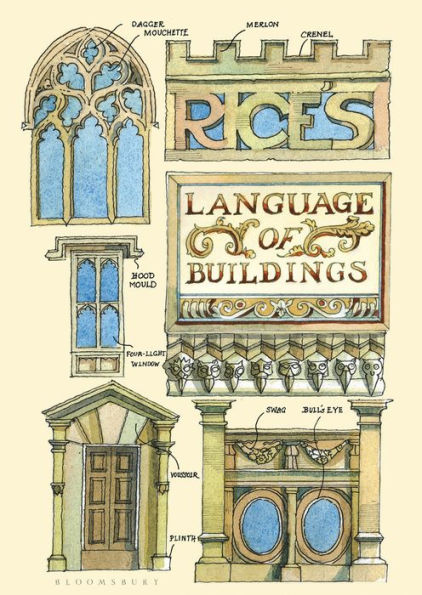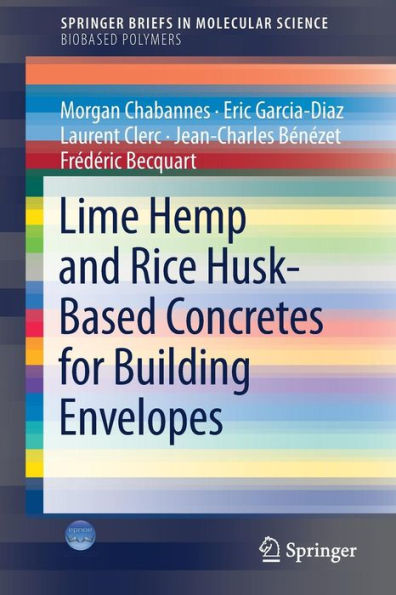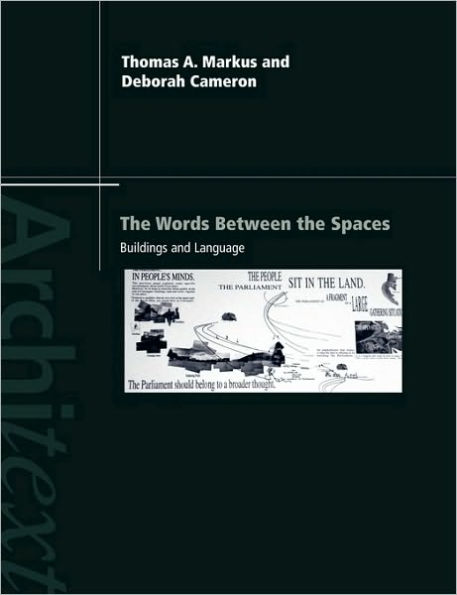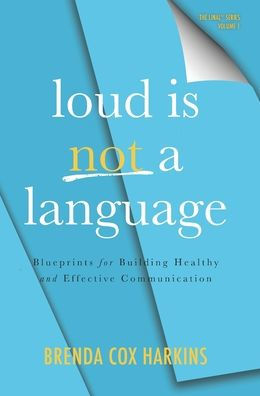Home
Rice's Language of Buildings
Barnes and Noble
Rice's Language of Buildings
Current price: $28.00


Barnes and Noble
Rice's Language of Buildings
Current price: $28.00
Size: OS
Loading Inventory...
*Product information may vary - to confirm product availability, pricing, shipping and return information please contact Barnes and Noble
A beautifully packaged, idiosyncratic introduction to British building styles, by the acclaimed illustrator and architectural enthusiast Matthew Rice.
The Language of Buildings
covers the grammar and vocabulary of British buildings, explaining the evolution of styles from Norman castles to Norman Foster. Its aim is to enable the reader to recognize, understand and date any British building.
As Matthew Rice says, "Once you can speak any language, conversation can begin, but without it communications can only be brief and brutish. The same is the case with Architecture: an inability to describe the component parts of a building leaves one tongue-tied and unable to begin to discuss what is or is not exciting, dull or peculiar about it."
will explain the language of architecture. With it in your hand, buildings will break down beguilingly into their component parts, ready for inspection and discussion. There will be no more references to that curly bit on top of the thing with the square protrusions. Ungainly and inept descriptions will be a thing of the past and, fluent in the world of volutes, hood moulds, lobed architraves and bucrania, you will be able to leave a cathedral or country house with as much to talk about as a film or play.
starts with an explanation of the basic "Grammar" of buildings: elevation, plan, roof, gable and eave. This will enable the reader to better make use of what is to follow. It will also cover the Orders of ArchitectureDoric, Tuscan, Ionic, Corinthian and Compositeso that the vital basics of Classicism are covered. Following this is the "Vocabulary." This will be a chronological reference section covering, period by period, the windows, doors and doorcases, columns, chimneys, arches, balustrades and pediments that make up the built environment.
The Language of Buildings
covers the grammar and vocabulary of British buildings, explaining the evolution of styles from Norman castles to Norman Foster. Its aim is to enable the reader to recognize, understand and date any British building.
As Matthew Rice says, "Once you can speak any language, conversation can begin, but without it communications can only be brief and brutish. The same is the case with Architecture: an inability to describe the component parts of a building leaves one tongue-tied and unable to begin to discuss what is or is not exciting, dull or peculiar about it."
will explain the language of architecture. With it in your hand, buildings will break down beguilingly into their component parts, ready for inspection and discussion. There will be no more references to that curly bit on top of the thing with the square protrusions. Ungainly and inept descriptions will be a thing of the past and, fluent in the world of volutes, hood moulds, lobed architraves and bucrania, you will be able to leave a cathedral or country house with as much to talk about as a film or play.
starts with an explanation of the basic "Grammar" of buildings: elevation, plan, roof, gable and eave. This will enable the reader to better make use of what is to follow. It will also cover the Orders of ArchitectureDoric, Tuscan, Ionic, Corinthian and Compositeso that the vital basics of Classicism are covered. Following this is the "Vocabulary." This will be a chronological reference section covering, period by period, the windows, doors and doorcases, columns, chimneys, arches, balustrades and pediments that make up the built environment.

















